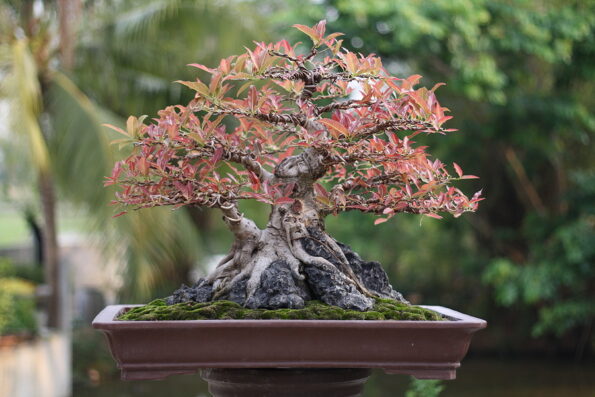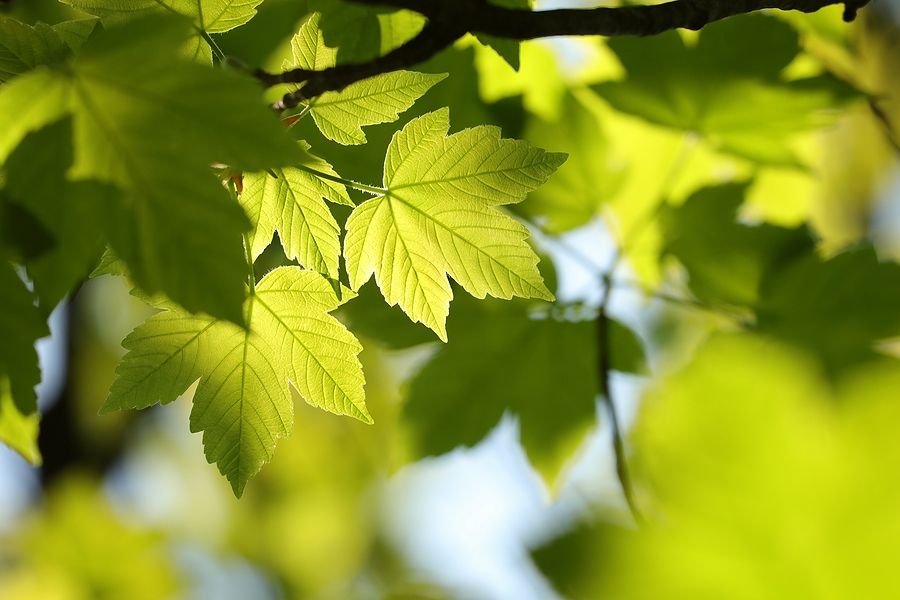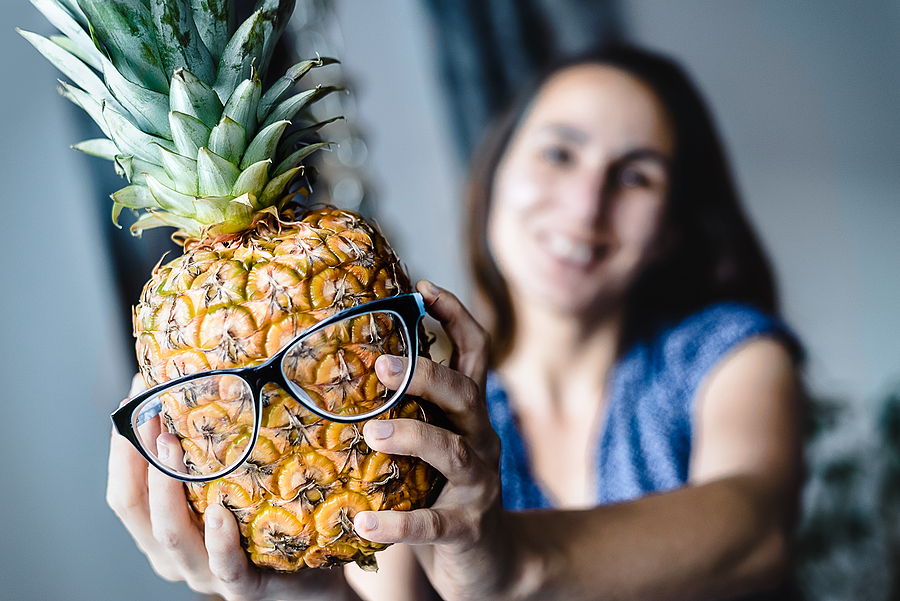Contrary to what TV shows and documentaries might have led you to believe, taking care of a bonsai tree is easier than most people think.
Bonsai means a tree in a tray, and that’s what it is. Growing a Bonsai is the art of growing shrubs or miniaturized trees in a tray.
Moreover, you might think that Bonsai is a Japanese art form, but it originated in China. People from many parts of the world now grow Bonsai as a hobby, but the art of growing Bonsais was made popular by Buddhist monks who wanted to bring nature inside their monastery.
The tradition has been growing around for a thousand years wherein the goal remains the same; to grow miniature trees. The goal is achieved by controlling the environment of the trees to a great extent.
So, the next time you see an advertisement for an indoor Bonsai trees for sale, you shouldn’t shy away from buying it. Caring for a Bonsai is easy as long as you exhibit dedication, patience, and a curiosity to learn.
Here are some of the tips to help you take care of the indoor Bonsai tree.
Choose How You Will Procure It
When you buy a Bonsai tree, you will come across two popular ways of procuring it. You can use a seed, or you can buy a grown Bonsai.
Trying to grow a Bonsai may take at least three to five years. So, if you are a beginner and do not have ample experience, it is best to buy a grown tree.
However, you will come across two types of Bonsai, pre-shaped or the ones that you’d have to shape.
So, consider the level of expertise, time, and patience you have before choosing a Bonsai tree for yourself.
Choose a Tree that is Suitable for You
There are different types of Bonsai trees in the market wherein each plant has its specific growing conditions. Many Bonsai plants may require high maintenance while others may not.
Ficus, Chinese elm, juniper, cotoneaster, portulacaria afra, and rosemary are some of the types of Bonsai plants best suited for beginners.
Decide Where You Want to Keep the Plant
You need to decide where you will be keeping the Bonsai tree because each plant has different requirements. So, if you do not know the plant’s sunlight, humidity, temperature, and water requirements, the plant might not grow properly.
Before you go ahead and buy a Bonsai tree, determine where you will be planting it.
Remember that there are certain Bonsai plants that you can keep indoors and outdoors as well.
It is better to opt for an indoor Bonsai if you are a beginner.
You can even control the level of humidity by buying a humidifier or a dehumidifier for your space.
So, go ahead and look for an indoor Bonsai tree for sale on your search engine.
Water it Right
Watering a plant is essential, but you must strike a perfect balance and not over-water or under-water your plant.
Since Bonsai trees are forced to a small height, they tend to dry out much faster than normal plants.
Different plants have different water requirements. Many Bonsai trees require you to water them daily, while others require less water.
Water the Bonsai when the topsoil is dry and pour water until it spills from the drainage holes.
You might be overwatering your tree if you notice the branches of the Bonsai getting weak and when the leaves start to turn yellow.

The Right Soil
The best soil for a Bonsai is the one that can drain water instantly while holding the moisture in for a long time.
Ideally, the Bonsai trees flourish in a mixture of Akadama, lava rocks, and pumice. Combining them with peat moss or other types of organic compost will work wonders for your tree.
If you are an amateur, then you can also add some sand to improve the soil drainage capacity.
Use Fertilizer
Bonsai trees need all the help they can get to grow since these plants have shallow soil. So, you must use a fertilizer that has nitrogen, phosphorus, and potassium since these ingredients will contribute to the plant’s overall health.
However, when to fertilize the plant depends upon its type. Most plants can be fertilized weekly during summers and monthly during winters.
Time to Re-pot the Tree
Once you have grown and managed a Bonsai, it will eventually grow out of its shallow pot as the roots would start growing out. If you let the roots grow excessively long, the plant will die. So, you must re-pot the plant. The best time to change the pot is when the roots have taken the shape of the pot.
Depending on the plant you have, you might need to re-pot them every two to five years.
A grown and well-maintained Bonsai is a sight for sore eyes. So, follow the tips to keep the Bonsai alive and flourishing.
Image Source: BigStockPhoto.com (Licensed)
Related Categories: hobby, Reviews







